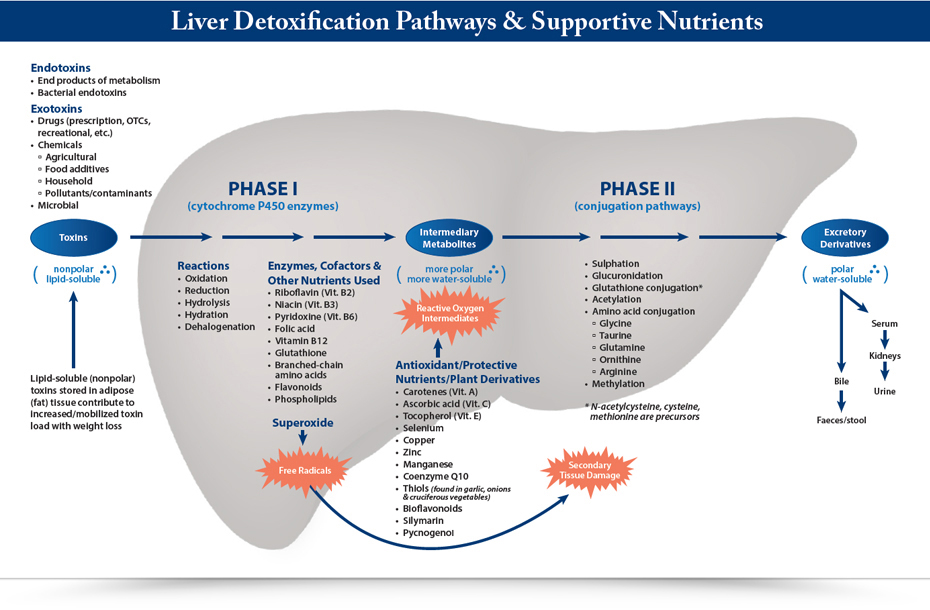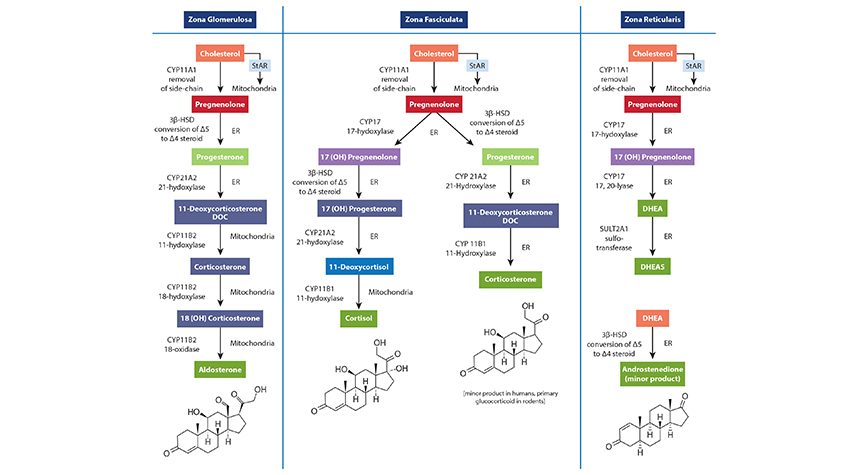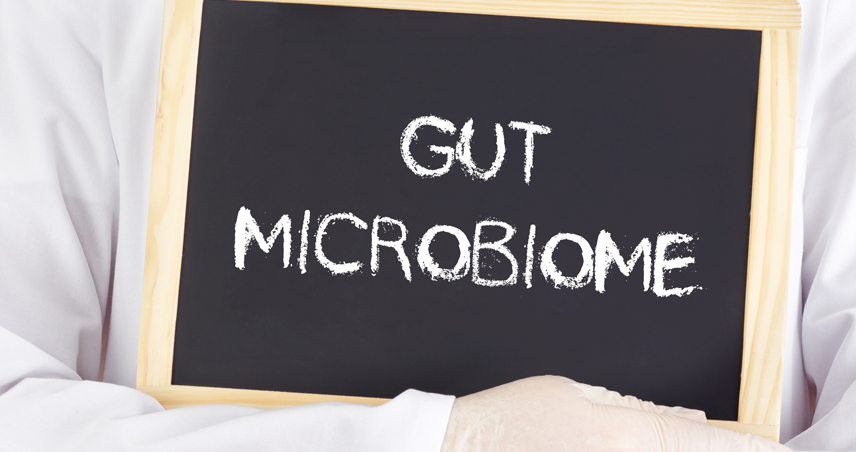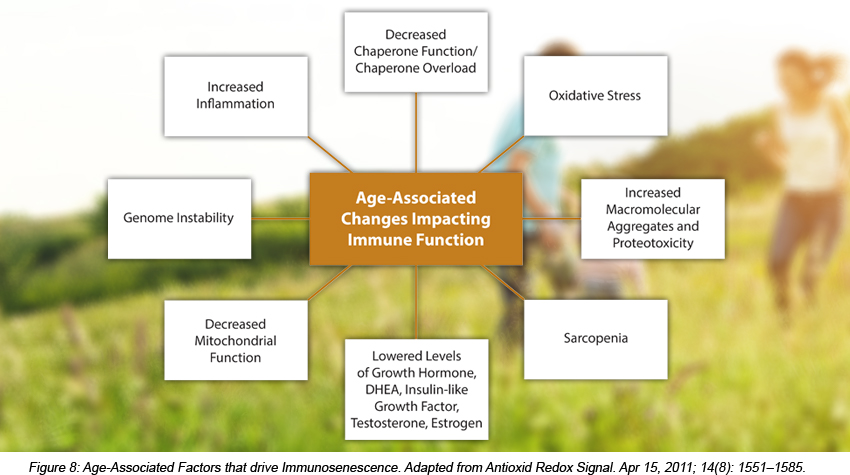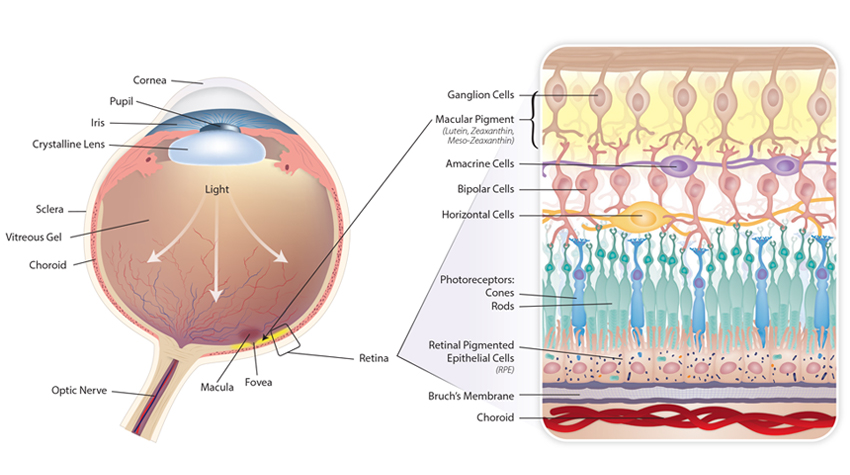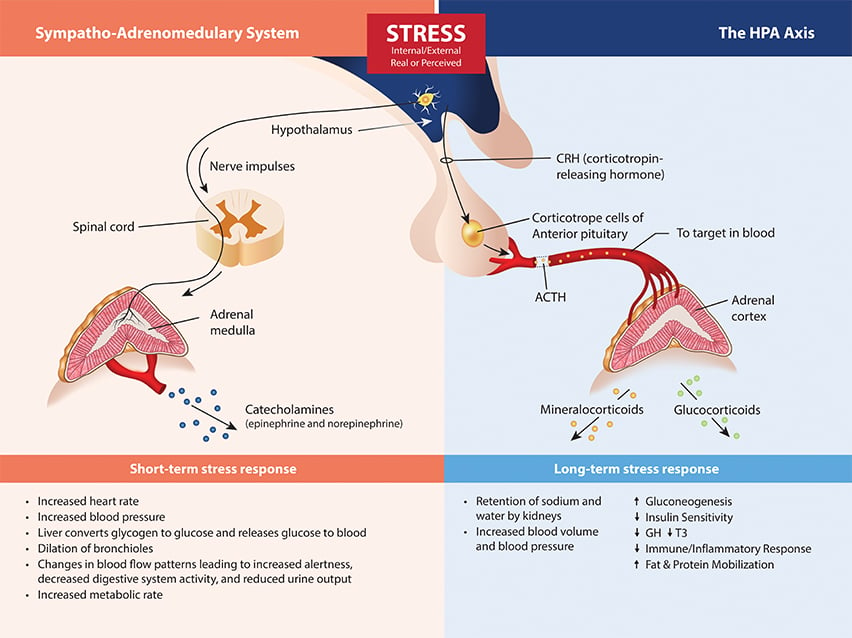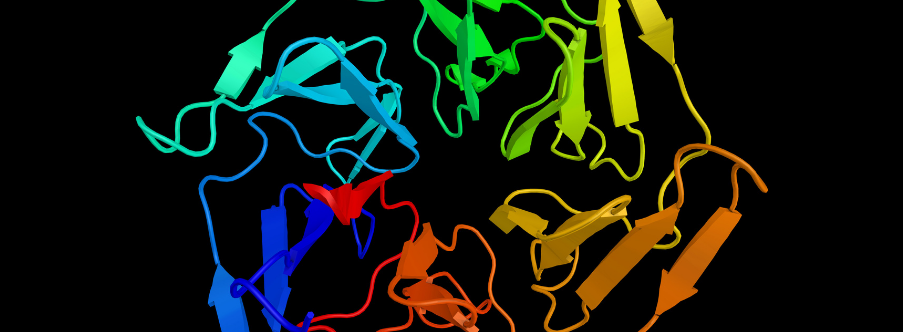
Access our weekly blogs written by our research and clinical team
Sign up for notifications →Blog
Thomas G. Guilliams, PhD | August 28, 2024
Thomas G. Guilliams, PhD | June 12, 2024
Thomas G. Guilliams, PhD | April 3, 2024
Thomas G. Guilliams, PhD | February 14, 2024
Thomas G. Guilliams, PhD | November 15, 2023
Thomas G. Guilliams, PhD | September 27, 2023
Thomas G. Guilliams, PhD | May 3, 2023
Thomas G. Guilliams, PhD | January 11, 2023
Thomas G. Guilliams, PhD | December 14, 2022
Thomas G. Guilliams, PhD | September 19, 2022
Thomas G. Guilliams, PhD | September 9, 2022
Thomas G. Guilliams, PhD | September 16, 2021
Thomas G. Guilliams, PhD | January 16, 2021
Thomas G. Guilliams, PhD | August 16, 2018
Thomas G. Guilliams, PhD | October 16, 2017
Thomas G. Guilliams, PhD | October 16, 2017
Thomas G. Guilliams, PhD | November 16, 2015
Thomas G. Guilliams, PhD | December 16, 2014
Thomas G. Guilliams, PhD | June 16, 2013
Thomas G. Guilliams, PhD | May 16, 2013
Thomas G. Guilliams, PhD | April 16, 2013
Thomas G. Guilliams, PhD | December 16, 2011
Thomas G. Guilliams, PhD | April 16, 2011
Thomas G. Guilliams, PhD | February 16, 2011
Thomas G. Guilliams, PhD | September 16, 2010
Thomas G. Guilliams, PhD | June 16, 2010
Thomas G. Guilliams, PhD | January 16, 2010
Looking for More?
Health Concerns
Experts
- Adrian den Boer, ND, DC, IFMCP
- Angela Lucterhand, DC
- Bill Hogarth, DC, MBS
- Carrie Jones, ND, FABNE, MPH
- Christopher Mote, DO, DC, IFMCP
- Elizabeth Strong
- Elroy Vojdani, MD
- Frank Bodnar, DC, MS
- Jeffery Gladd, MD
- Jeffrey Bland, PhD, FACN, CNS
- Jill Carnahan, MD
- Jonathan Cannizzo, MSc
- Joseph Ornelas, PhD, DC
- Kara Fitzgerald, ND
- Kareem Kandil, MD, ND
- Katrina Wilhelm, ND
- Mark J. Tager, MD
- Megan Borreson, ND
- Mia Iyer, DC
- Murray Ardies, PhD
- Olivia Morrissey
- Ralph LaForge, MSc, FNLA, CLS
- Randi Mann, WHNP-BC, APNP, NCMP
- Sean Newsom, PhD
- Shilpa P. Saxena, MD, IFMCP
- Stacey Smith, DC
- Steve Amoils, MD
- Steven Imgrund, MS, CNS
- Terry Wahls, MD
- Thomas G. Guilliams, PhD
- Todd R. LePine, MD
- Uli Iserloh, PhD
- Vincent Pedre, MD









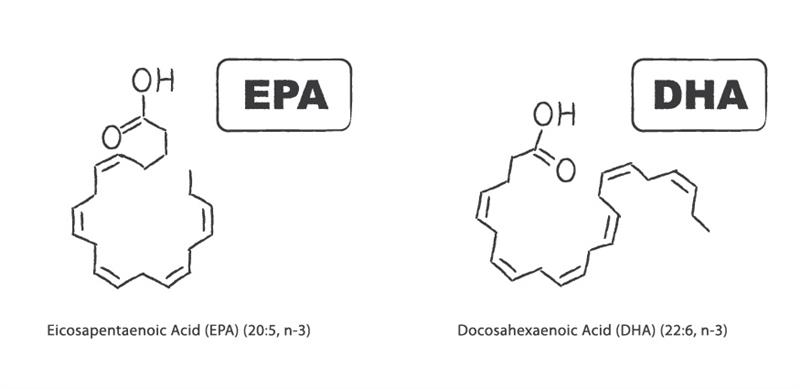

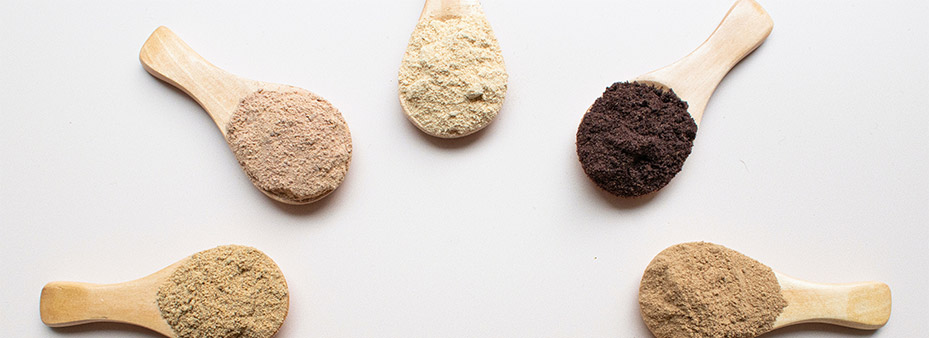
.jpg?sfvrsn=acc7eafb_0)








